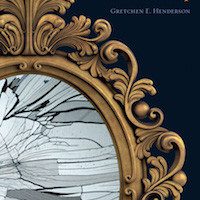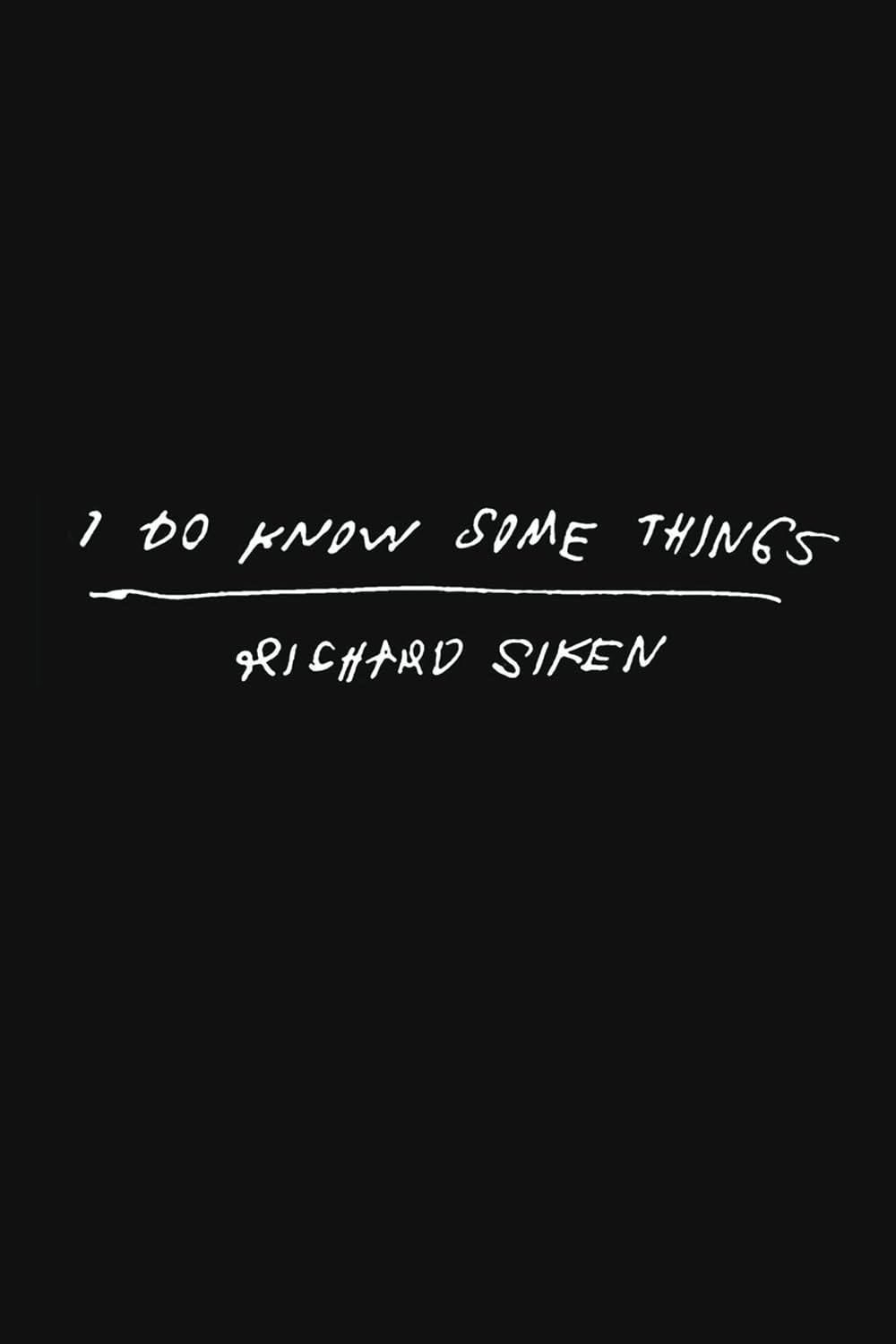There’s ugliness all around us. From terrorist attacks to racist declarations to police brutality, it’s easy to see, in high definition, just how ugly the world can be. But what happens when we use “ugly” to refer to an idea, a behavior, or a group of people? What does our use of “ugly” say about us?
According to art historian Gretchen E. Henderson, it says a lot. In her most recent book, Ugliness: A Cultural History, Henderson says “ugly”—which derives from uggligr, the Old Norse term for “frightful” or “repulsive”—is a “shape-shifting modifier,” one that “tends to reflect the perspective of the observer more than qualities of the observed.”
Henderson leaves no sense of the word unexamined as she closely observes various cases of ugliness, wandering through centuries with a keen eye, nose, ear, and mouth. Occasionally she settles upon contemporary specimens—the ABC television series Ugly Betty, a classic episode of the Twilight Zone. Many of Henderson’s other specimens, however, are less familiar. Have you heard of the feminist performance and body artist Orlan, who publicly underwent plastic surgery to obtain Mona Lisa’s forehead and the chin of Botticelli’s Venus? Did you know that “Ugly Laws” existed in the U.S. as late as the 1970s?
Each case study in Ugliness rings true within its time period. For example: the sideshow. Henderson looks critically at Julia Pastrana, a young Mexican-Indian woman who lived in the P.T. Barnum era of pre-political correctness. Pastrana’s misshapen forehead, overgrown hair and protruding jaw caused her to be headlined as “Ape Woman,” “Baboon Lady,” “semi-human being,” and “The Ugliest Woman in the World.” Her life as a subhuman spectacle becomes all the more troubling when she marries her manager Theodore Lent. He continues to put her body on display after her death, and then he marries another woman of a similar condition, whom he bills as Pastrana’s younger sister.
It’s tempting to draw comparisons between the old-fashioned freak show and the contemporary reality show, particularly reality shows that exploit people with different physical capabilities or uncommon lifestyles. While some may see these reality shows as vehicles for understanding the “other,” they can also be seen as a chance for the public eye to peer at “an object” that feeds its “curiosity, desire, fear, and disgust.”
Some people have rallied around, and even commodified, their ugliness. The Ugly Face Club (motto: ”Before all things, an ugly face”) was a social fraternity in America and Great Britain in the 18th century whose members took pride in their unattractiveness. They embraced animalistic descriptions that “privileged the face as a symbolic site rather than realistic representation.” Members of the Ugly Face Club likened their physical appearances to those of sharks, hedgehogs, and camels, as well as other ethnicities that were often seen as subhuman—one might possess “Negro Teeth” or a “Japanezy Grin.” Interestingly, the Ugly Face Club tended to shut out people with deformities. This demarcation between an individual with a “Japanezy Grin” and an individual with a hunchback suggests that the ugly-pretty dichotomy is secondary to the in-group/out-group dichotomy. The degree to which “ugly” can demean or offend a person depends upon the power of the person who uses it.

Those who have been considered “ugly” did not always accept it quietly. Henderson describes how, in the 17th and 18th centuries, people “found spaces to redraw their bodies and otherwise talk back.” One of these back-talkers was William Hay, an essayist whose role as a British Member of Parliament made him a “political insider” but whose hunchback rendered him a “social outsider.” In Deformity: An Essay, Hay adamantly writes that a “twisted body [does] not mirror a twisted soul,” going so far as to criticize the men of the Ugly Face Club for “draw[ing] the Eyes of the World too much upon them, and theirs too much from the World.”
Henderson is careful to acknowledge that the Western narrative has often dominated our conversations about beauty. She looks to the Medieval Arab world, where “the practice of beautifying ugliness moved beyond mockery.” The 8th-century writer al-Jahiz saw value in what was “proper, useful or more profitable” rather than what was “straight or crooked.” Ribs, claws, and new moons were all examples of “twisted or crooked things that would be harmful or defective if they were even and straight.”
Many of Henderson’s case studies are reminders that ugliness depends upon time, gender, culture, and able-bodiedness. Not everyone has the option to commodify their outward appearance; the ability to do so rests highly with the court public opinion. It shifts and reshapes as years go by and views change. How many times have we looked back on a haircut from thirty years ago and thought, What were people thinking?
While the passage of time and the outwardly democratic nature of social media has facilitated diversity, particularly for women—think Dove’s Real Beauty campaign, or the public shaming of magazines that shamelessly airbrush their models—there are still beauty pageants and there are still lists that rank attractiveness, There is still a standard of beauty and there probably always will be. Beauty must exist in order for ugliness to exist, and vice versa. “Rather than binaries,” Henderson says, “ugliness and beauty seem to function more like binary stars, which fall into one another’s gravity and orbit each other while being constellated with many other stars.”
Thus, writing a “cultural history” of ugliness is problematic. Henderson resists “perpetuat[ing] a catalogue of freaks” and instead “focuse[s] on figures who negotiated ugliness at moments when the word’s meaning both solidified and shifted.” Beginning with the prologue and continuing throughout the rest of the chapters, Henderson defends her analysis of ugliness beautifully, using poetic language that reads less like an art history textbook and more like philosophical musings:
By constellating, even blurring, the boundaries between ugliness and beauty, I am not attempting to characterize every star in the ugly universe as beautiful, or vice versa. If so, both words would lose their meaning, in a kind of hoarding where detritus is as valued as diamonds. The two concepts inhabit a wider grey space. Shadowed by changing cultural appropriations, both definitions keep shifting, through not only accumulation but negation.
Henderson insists that ugliness surrounds us. But tomorrow we might feel differently about that supposedly ugly dress. A different us—our next door neighbors, maybe—might feel differently about it right now.




